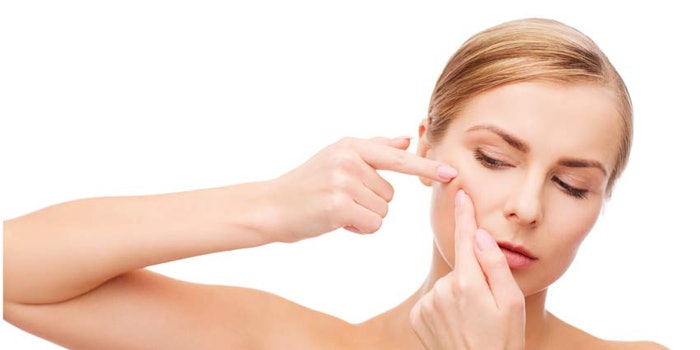
The American Academy of Dermatology (AAD) has come out with updated guidelines for the treatment of acne, the most common skin condition in the United States affecting up to 50 million people every year, and has suggested the best options for treating the majority of patients.
Combining Treatments
“There are a variety of effective treatments available for acne, and dermatologists have found that combining two or more treatments is the best option for the majority of patients,” said board-certified dermatologist Andrea Zaenglein, MD, FAAD, co-chair of the expert work group that developed the guidelines.“Recommended treatments include topical therapy, antibiotics, isotretinoin and oral contraceptives,” Zaenglein said.
The Antibiotics-Topicals Combo
When antibiotics are used for the treatment of moderate to severe acne, the guideline recommends topical therapy be used at the same time. Once a course of antibiotics is complete, patients should continue using topical treatments to manage their condition, according to the AAD.
Topical medications, such as retinoids and benzoyl peroxide, also may be combined with one another to create an effective treatment regimen. Additionally, the ADD said some female patients may see their acne improve with the use of oral contraceptives, which can be combined with other treatments.
For severe acne or moderate acne that does not respond to other therapy, the guidelines recommend oral isotretinoin. Because this medication carries a high risk of birth defects, females must take careful steps to prevent pregnancy while on isotretinoin, and all patients who take the drug must enroll in the federal iPledge program.While some studies have suggested a connection between oral isotretinoin and inflammatory bowel disease or depressive symptoms, the AAD said evidence is not conclusive; however, patients should be aware of these risks and carefully follow their doctor’s treatment advice.
Some Acne Treatments Lack Evidence
Although limited data has shown that in-office procedures like laser treatments or chemical peels may improve acne, the AAD guidelines do not recommend such procedures for routine acne treatment. The guidelines also indicate that there is not enough evidence to recommend treating acne with alternative therapies like tea tree oil.
Some research suggests that dairy products, particularly skim milk, and diets with a high glycemic index, such as those high in sugar and carbohydrates, may be linked to acne. According to the AAD, however, there is not enough data to recommend dietary changes for acne patients.
For more information on the AAD's guidelines, visit www.aad.org.










